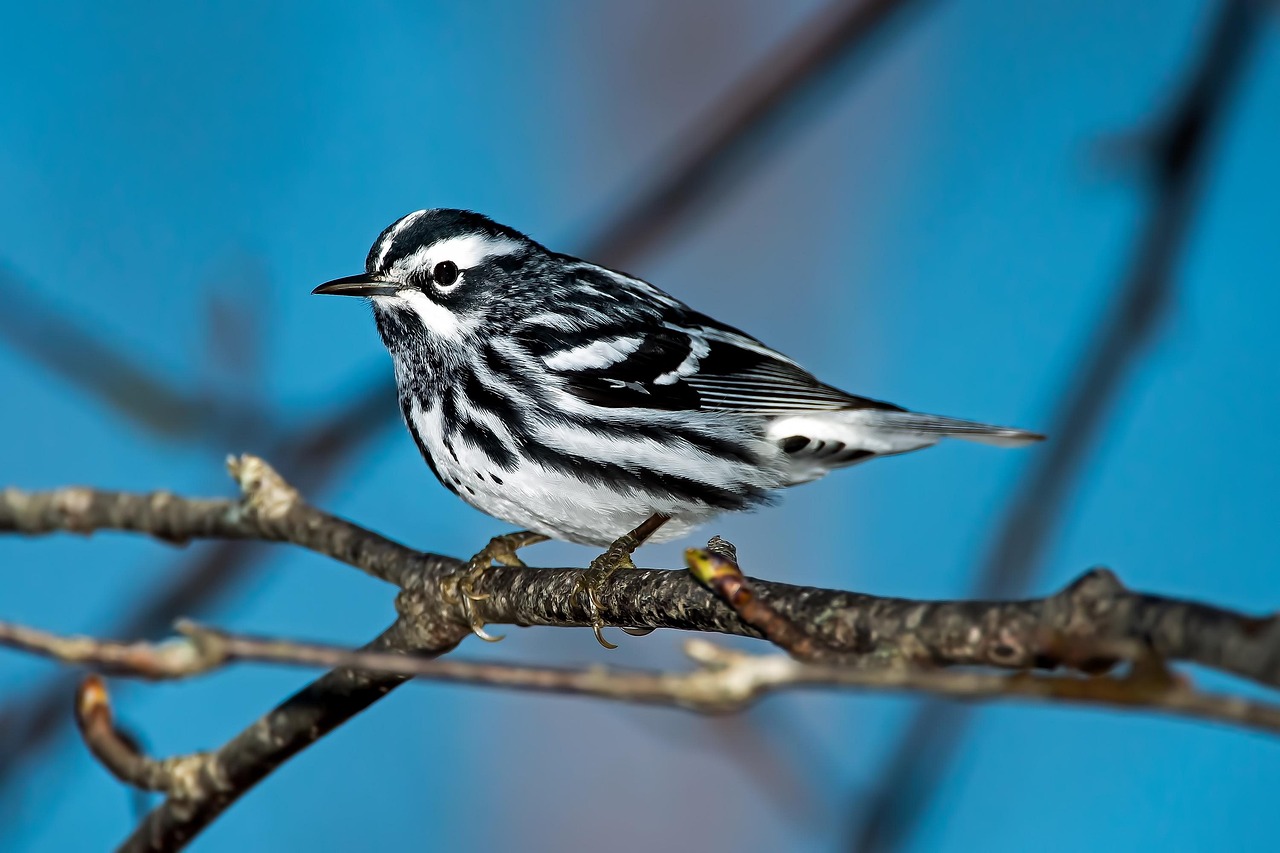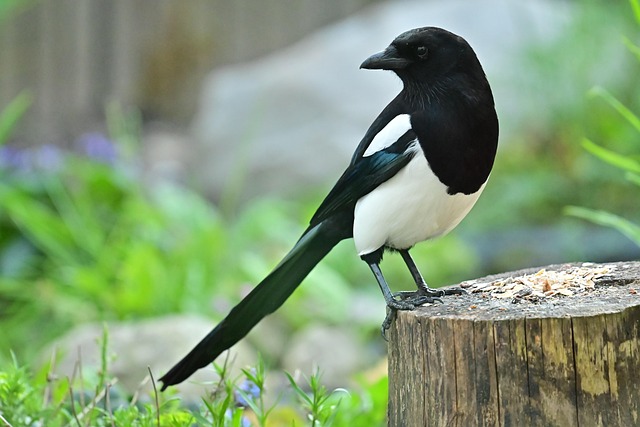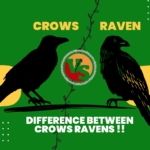Birds are available in the most marvelous shades of color, but black-and-white birds are something very elegant. Contrasting plumage makes them noticeable in the wild, and most species have really interesting behaviors and adaptations. This guide will take you through some of the world’s most impressive black-and-white birds, regardless of whether you are a bird enthusiast or a casual nature lover.
Why Do Some Birds Have Black and White Plumage?
Colouration of birds is geared towards various roles, from hiding and communicating to regulating temperature. Many examples of black-and-white plumage have been recorded, and the said functions are enumerated as follows:
- Camouflage: Some birds may blend with the background, like in rocky and snowy habitats.
- Warning Signals: Some birds signal predators about the defense capabilities they possess by warning colors.
- Regulation of temperature: Black colors absorb heat whereas white colors will reflect sunlight on the body thus regulating the birds’ body temperatures.
- Species Identification: The special patterns help recognize their own kinds.
World’s Top 10 Black and White Bird Species
1. Pied Avocet (Recurvirostra avosetta)
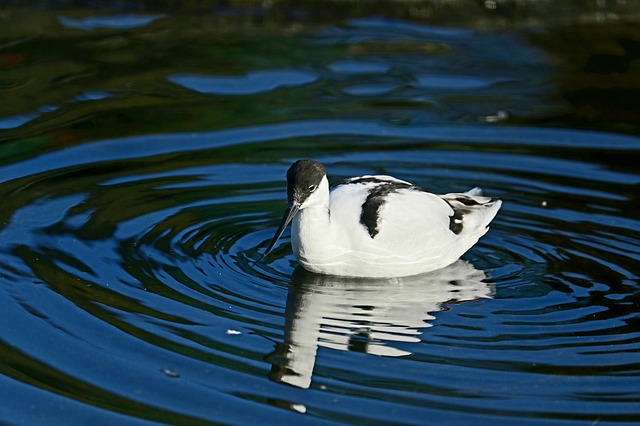
- Habitat: Coastal lagoons, estuaries, and salt pans.
- Fun Fact: The Pied Avocet’s upturned bill is perfectly adapted for sweeping through water to catch small aquatic creatures.
2. Magpie (Pica pica)

- Habitat: Woodlands, gardens, and open fields.
- Fun Fact: Magpies are among the most intelligent birds, known for their problem-solving abilities and ability to recognize themselves in mirrors.
3. Black-necked Stilt (Himantopus mexicanus)
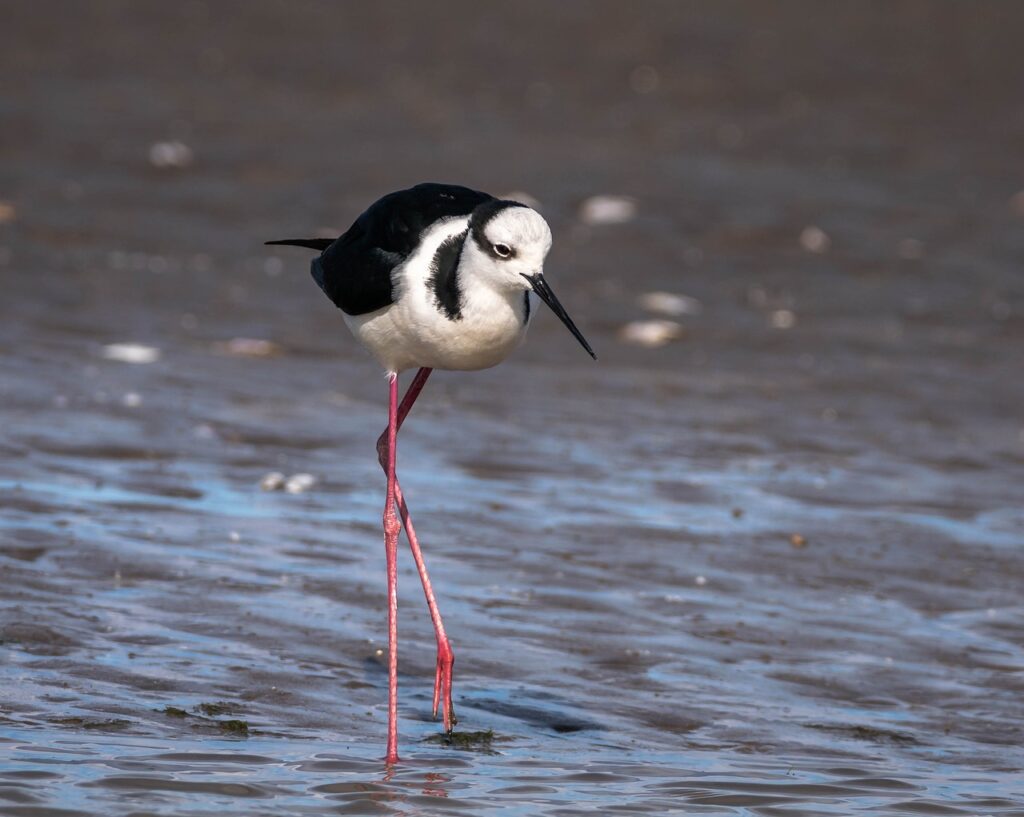
- Habitat: Wetlands, marshes, and coastal regions.
- Fun Fact: With their long legs and thin bodies, these birds are excellent waders, foraging in shallow waters for insects and crustaceans.
4. Laysan Albatross (Phoebastria immutabilis)
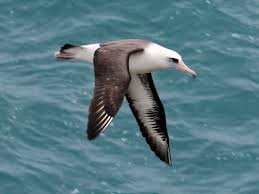
- Habitat: Open oceans and remote islands in the Pacific.
- Fun Fact: Albatrosses have an impressive wingspan of up to 11 feet, allowing them to glide effortlessly over ocean waves for hours without flapping.
5. Snowy Owl (Bubo scandiacus)

- Habitat: Arctic tundra.
- Fun Fact: Male Snowy Owls are almost entirely white, while females have black speckles that provide better camouflage in snowy environments.
| Read Also: What does an owl represent |
6. Downy Woodpecker (Picoides pubescens)
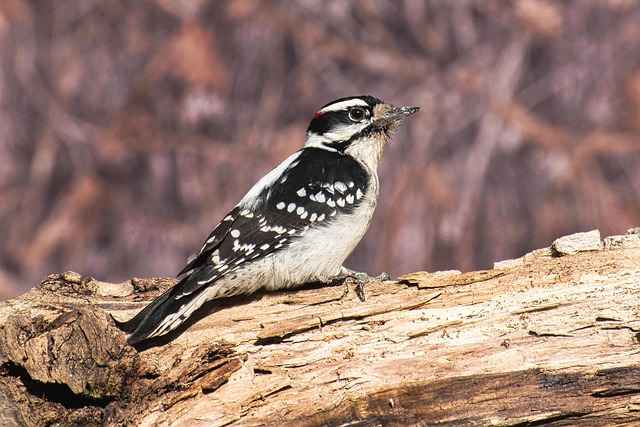
- Habitat: Forests, suburban areas, and woodlands.
- Fun Fact: This small woodpecker drums on trees to find insects and communicate with other woodpeckers.
7. Razorbill (Alca torda)

- Habitat: Coastal cliffs and rocky islands in the North Atlantic.
- Fun Fact: Razorbills are excellent divers, using their wings to ‘fly’ underwater while hunting for fish.
8. Common Murre (Uria aalge)
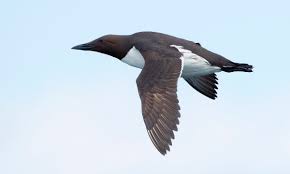
- Habitat: Oceanic cliffs and northern coastlines.
- Fun Fact: Murres lay pear-shaped eggs, which are less likely to roll off cliff ledges due to their unique shape.
9. Oriental Magpie-Robin (Copsychus saularis)
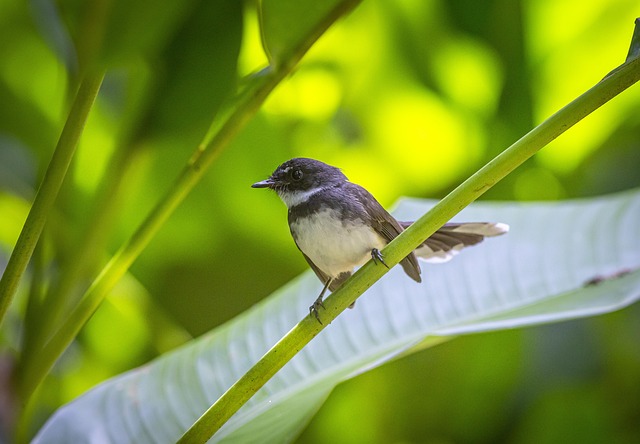
- Habitat: Woodlands, gardens, and urban areas in Asia.
- Fun Fact: These birds are exceptional songbirds, known for their melodious and varied calls.
10. Black-and-White Warbler (Mniotilta varia)
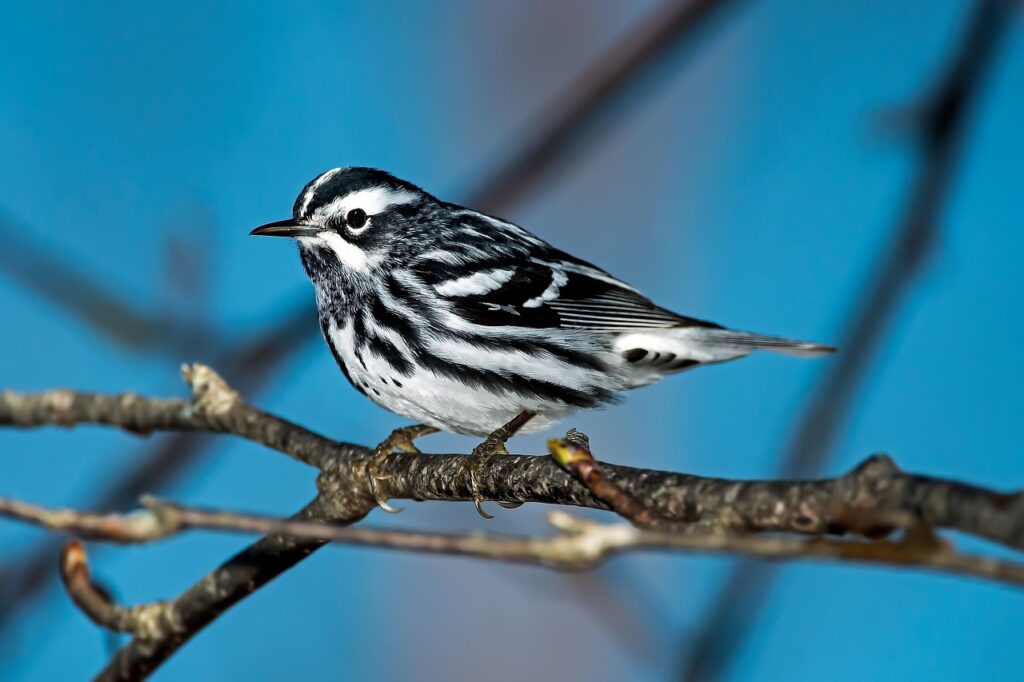
- Habitat: Deciduous and mixed forests.
- Fun Fact: Unlike most warblers, this species climbs tree trunks like a nuthatch, searching for insects in the bark.
Fun Facts About Black and White Birds
- Albatrosses sleep in mid-air: These birds are able to achieve a half-sleep condition as they glide through the air above the sea.
- Snowy Owls hunt by day: In contrast to other owls, Snowy Owls are active during the daytime.
- Magpies hold funerals: They flock around the corpse of one of their mates; this seems like a testament to social connection and intelligence.
- Razorbills are monogamous: These birds mate for life and even return to the same breeding territory year after year.
How to Attract Black and White Birds to Your Backyard
If you want to see more black-and-white birds in your backyard, here are some tips:
- Provide the right food: Offer seeds, suet, and mealworms that attract birds such as woodpeckers and magpies.
- Install bird baths: Fresh water sources attract birds to come over for drinking and bathing.
- Provide native trees and shrubs: These offer birds natural shelter as well as other food sources.
- Use bird feeders: Opt for feeders suitable for different birds, including platform feeders for larger birds and suet feeders for woodpeckers.
Conclusion
The black-and-white birds are not only beautiful but also interesting in terms of their behavior and adaptations. From the soaring albatross to the cunning magpie, each species has its own unique story. One can appreciate their beauty and importance in the ecosystem by observing these birds in their natural habitats or even attracting them to your backyard.
The next time you see a black-and-white bird, notice how beautiful and elegant it looks, and discover what it contributes to nature.

